
- www.caparol.ge
- Header menu EN
- About Us
- sustainability
- Sustainable Products
Sustainable Products
Sustainable formulas and packaging without compromise
Caparol has revolutionised the state of the art in building coatings many times over: the invention of modern dispersion paint technology in 1936 or the world’s first emission-minimised and solvent-free interior paint in 1985 are just two examples. Protecting the climate and the environment as well as healthy living are central to our research. At Caparol, the use of sustainable technology such as renewable raw materials always goes hand in hand with uncompromising quality and excellent application properties.
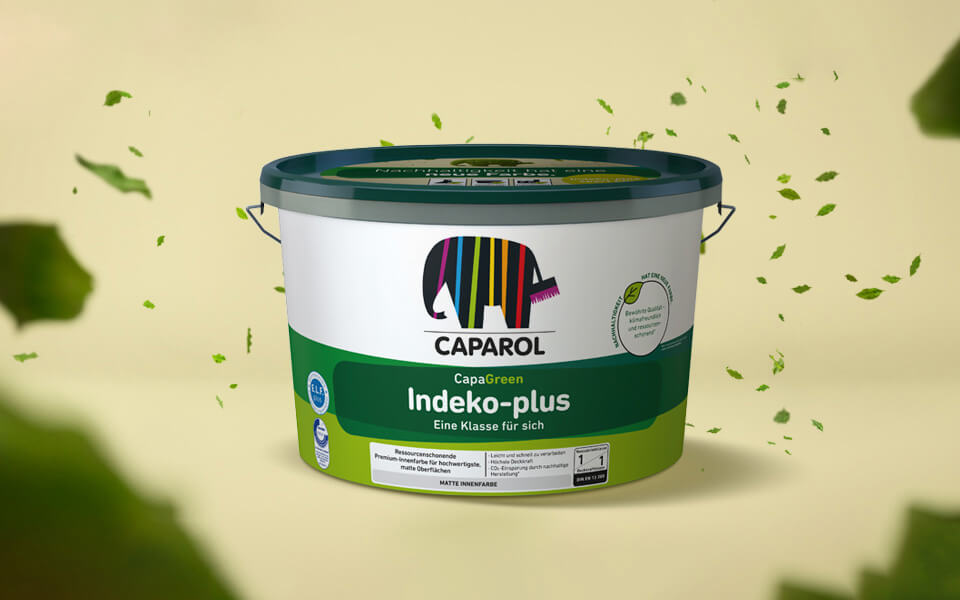
Pioneer for Biomass Balance
To conserve resources, we attach great importance to a responsible raw materials policy and are increasingly replacing crude oil and natural gas with renewable raw materials. Caparol is a pioneer in the use of the biomass balance procedure. By using this approach, fossil raw materials are replaced by biogas and bio-naphtha at the very beginning of the value chain. The result is a binder made from 100% renewable raw materials, without compromising on performance and application properties. The binder contained in our premium interior paint Indeko-plus saves up to 62% in CO2. The CO2 saved with a pallet of Indeko-plus is equivalent to a 460 km long car journey with a diesel mid-range car.
Next Generation Coatings based on Renewable Raw Materials
Various other renewable raw materials are used in the innovative formulas of Caparol products: from soybean oil to potato starch. A binder for our glazing paints is based on the ancient crop plant camelina (linseed dodder). This plant offers an ecological benefit, as it is cultivated together with peas and its inflorescences provide an additional food source for endangered insects. Caparol has received several awards for this, including the Green Tec Award, one of the world’s most important environmental prizes. By gradually replacing crude oil and natural gas with plant-based raw materials, we reduce the carbon footprint of our products and promote biodiversity.
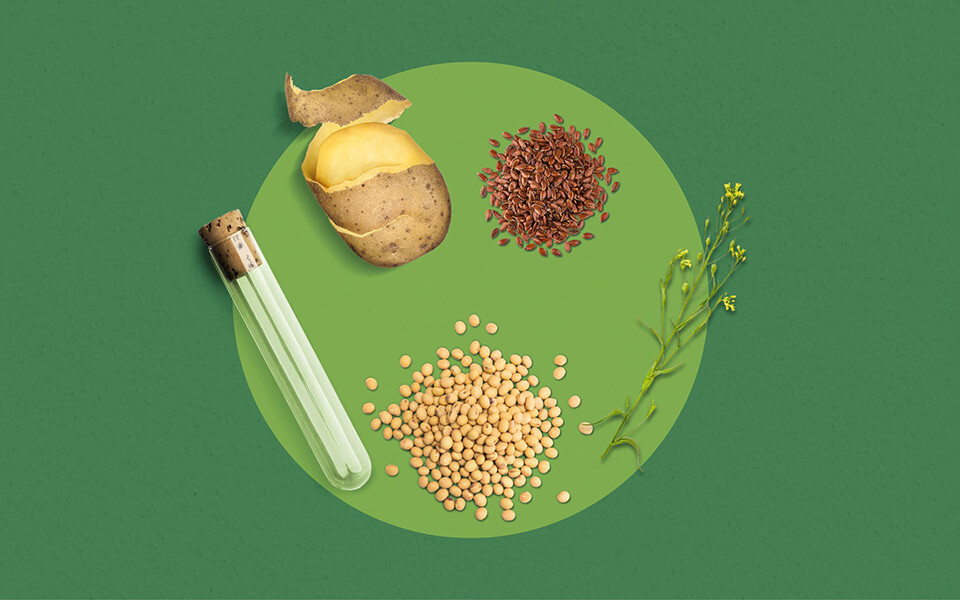
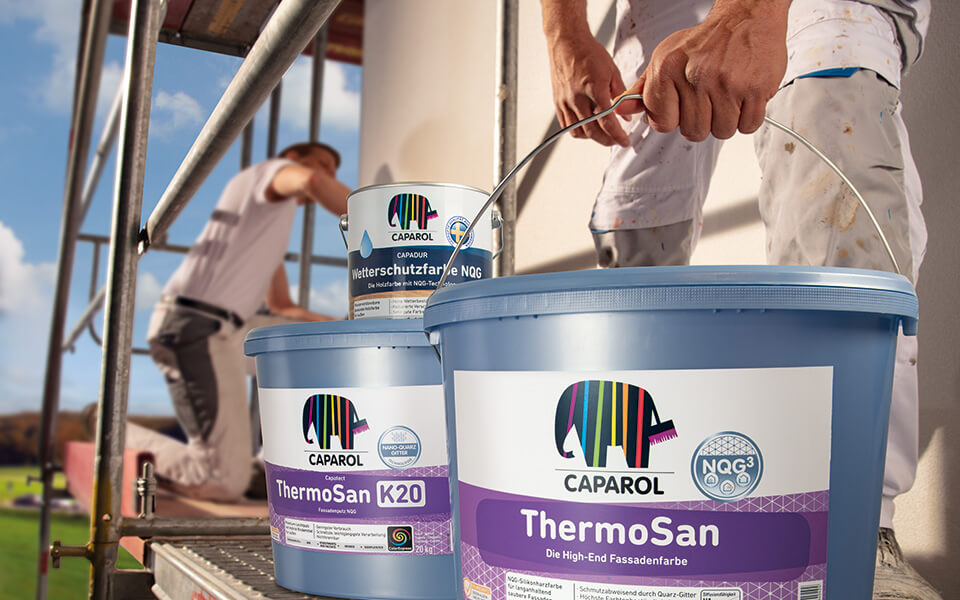
Lightweight Plasters Save Resources
Less material input automatically means more sustainability, because the best resources are those we can save. One example are our particularly lightweight, pasty, ready-to-use Capatect façade plasters and reinforcing mortars: up to 30% lighter, 20% faster application and 30% lower consumption than conventional products. The craftsman has to transport less material, can cover a larger area and plaster more façade surface with the same amount of material. Of course, the lightweight plasters still have excellent properties in terms of weather protection, hail and impact resistance and also ensure a high level of design freedom, even with dark shades up to a lightness index of 5.
Sustainable flat facing bricks from Meldorfer
The original Meldorfer flat facing bricks, which consist of more than 90% natural sands, ground stones and mineral fillers, also ensure particularly high material efficiency. They boast a 60% smaller CO2 footprint than conventional facing bricks. The mineral, versatile lightweights are a showpiece with unmistakable style for every façade. Almost any shade can be created: a decisive advantage for the true-to-the-original reconstruction of authentic surfaces or in the selection process. They are suitable for use on external thermal insulation systems, curtain walls, for monolithic construction, combined façades and also for interiors.
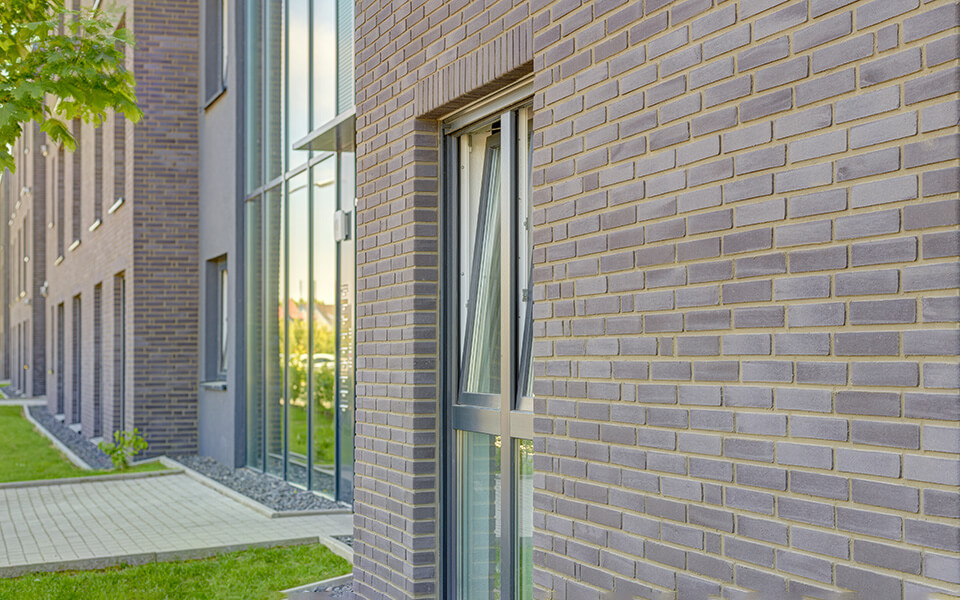
Sustainable Packaging
At Caparol, our commitment is not limited to the development of environmentally conscious formulas, we also focus on sustainable packaging. We have set ourselves the goal of reducing the proportion of plastic in our buckets and containers to a minimum and simultaneously promoting the use of recycled materials in the form of recyclates. On the one hand, this ensures less waste, and on the other hand, it leads to better material cycles and savings in CO2 emissions and petroleum. Apart from containers made of recycled plastic, we also use cans made of tinplate, a metal container with a particularly high recycling rate.
Orientation through Transparent Information
The criteria for materials with regard to certified building projects are complex. To make a building sustainable, transparent information is essential. At Caparol, we support planners, craftsmen and investors with relevant product information such as Environmental Product Declarations (EPDs). We are pioneers of the Sustainability Data Sheet, which we already introduced in 2013, thereby setting a new industry standard. Numerous external certificates such as the Blue Angel eco-label, the TÜV seal or the AgBB seal provide orientation when searching for healthy and sustainable products.
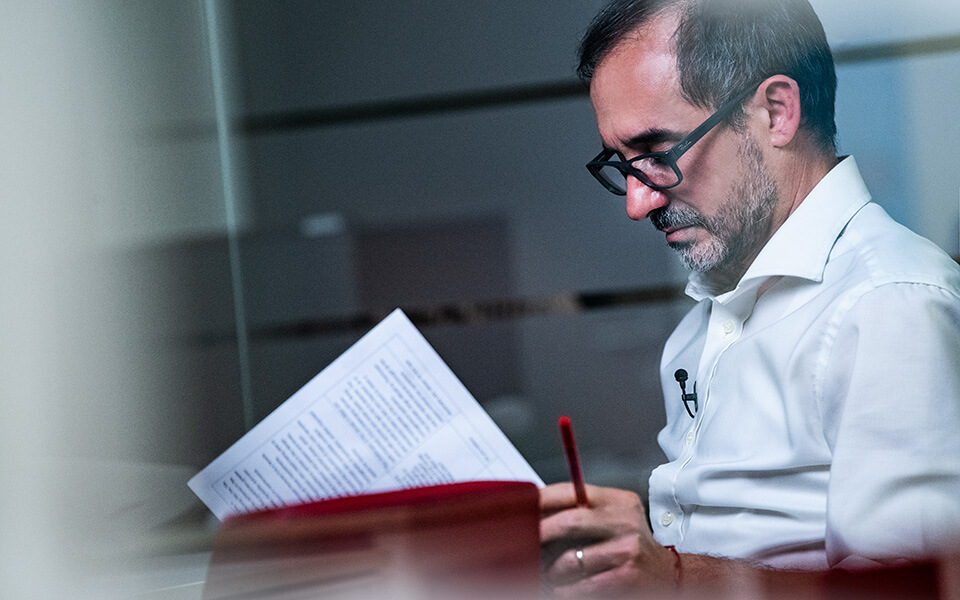

Upcycling on the Façade
One of Caparol’s latest initiatives is the upcycling of old facing bricks, giving them a second life on a new façade. Each of these facing bricks is unique and has its own past: used bricks are recovered by hand from abandoned industrial sites such as disused coal mines, cleaned and then cut into closers. These are used as a finishing coat on exterior thermal insulation systems. Recycling eliminates the need to produce new facing bricks. This significantly reduces the resources and energy required. This material cycle impresses both in terms of sustainability and with its characteristic patina that cannot be produced in a factory and gives every façade a unique appearance.
SUSTAINABILITY
Learn more about our commitment to sustainability in the areas of sustainable products and sustainable buildings.


